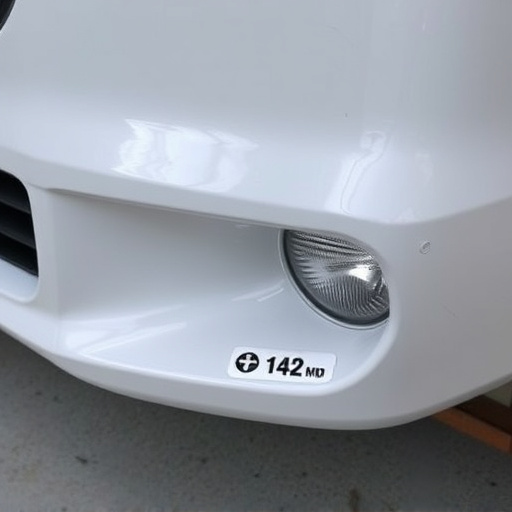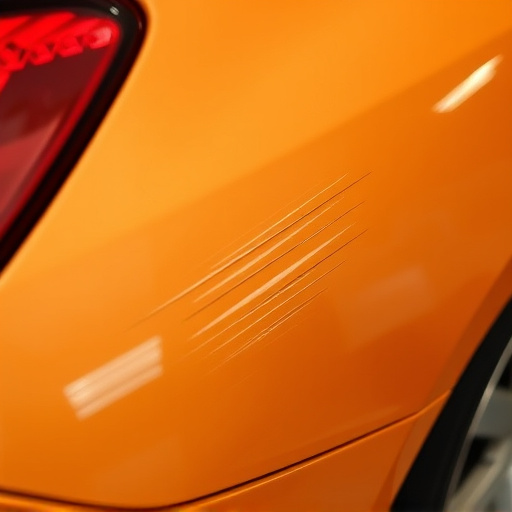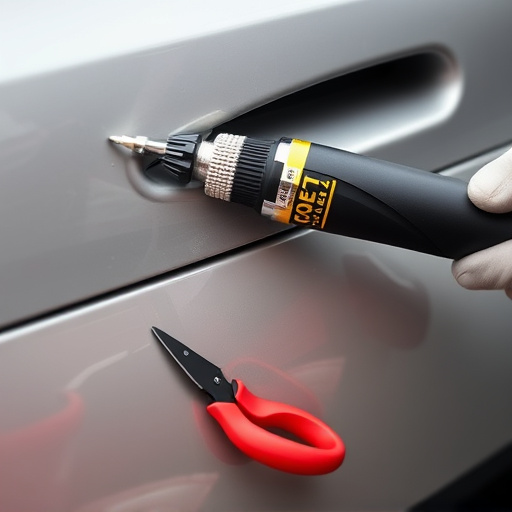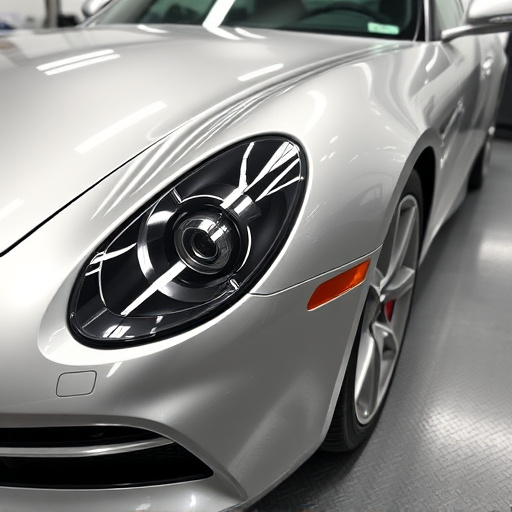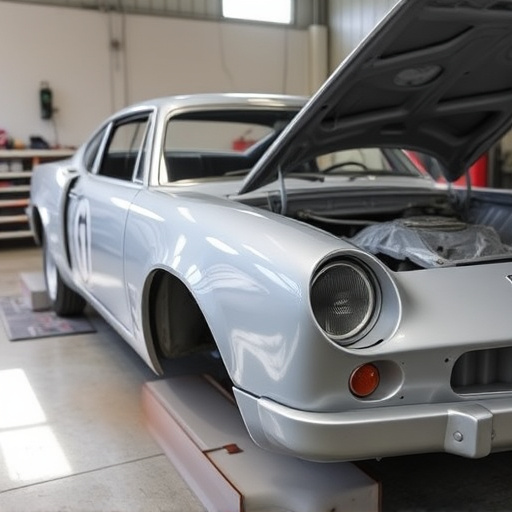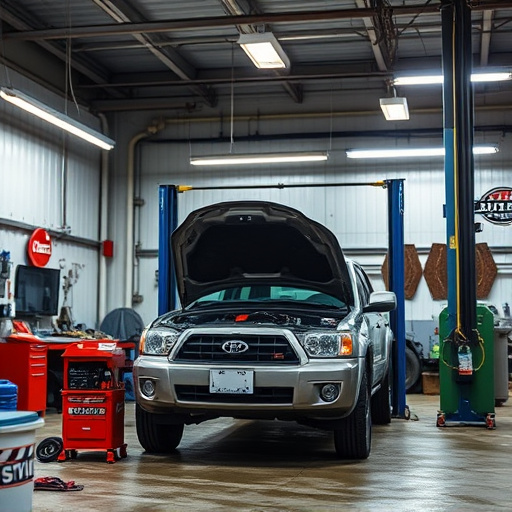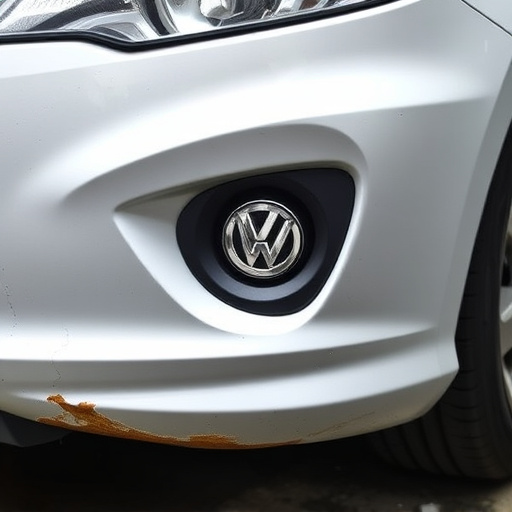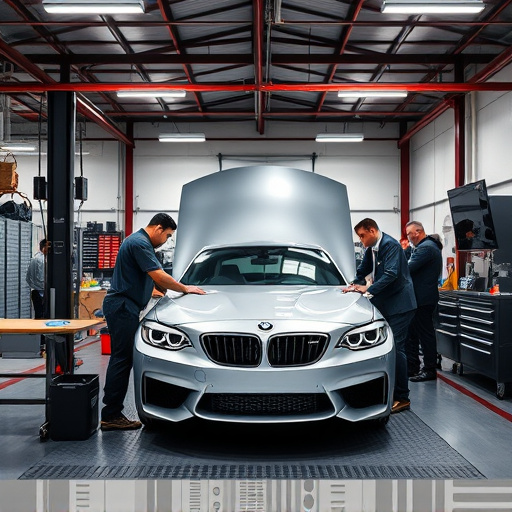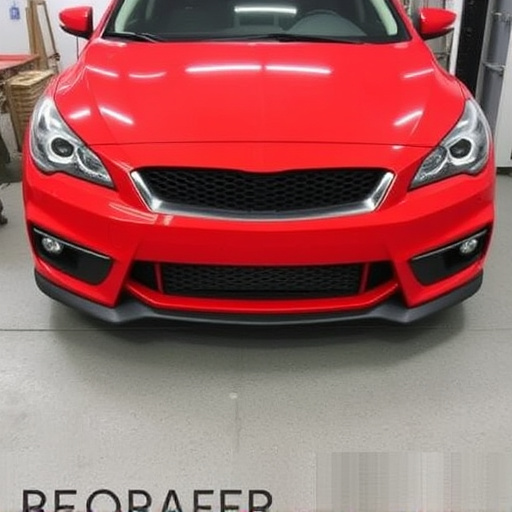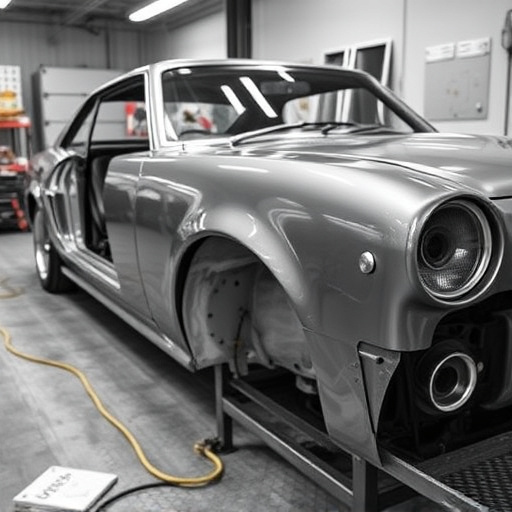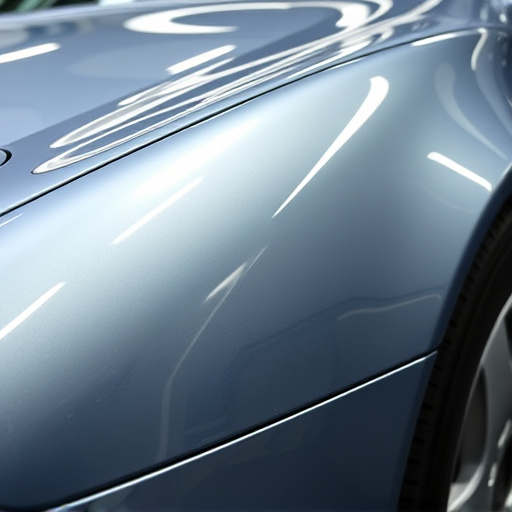Body panel insulation is a critical component in modern cars, enhancing structural integrity, reducing noise, and improving thermal efficiency. In collision repair, selecting compatible body panel insulation materials is essential for maintaining vehicle performance and aesthetics, requiring careful consideration of thermal resistance, OEM finish compatibility, sound absorption, and lightweight yet robust compositions.
In today’s automotive industry, achieving optimal vehicle performance and passenger comfort requires innovative solutions. One such advancement is the use of body panel insulation materials that seamlessly integrate with Original Equipment Manufacturer (OEM) finishes. This article delves into the world of body panel insulation, exploring its significance in enhancing vehicle efficiency and aesthetics. We’ll discuss compatibility challenges, key properties to consider, and how these materials are revolutionizing the automotive landscape, ensuring both form and function.
- Understanding Body Panel Insulation Materials
- Compatibility With OEM Finishes: Challenges and Solutions
- Choosing Insulation: Properties and Performance
Understanding Body Panel Insulation Materials
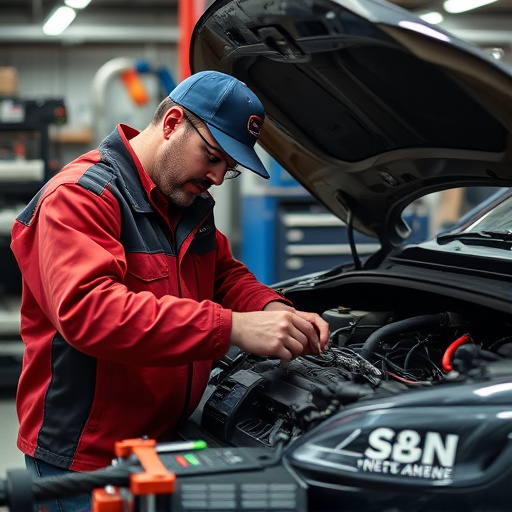
Body panel insulation is a crucial component in modern automotive design, playing a significant role in both vehicle performance and comfort. These materials are strategically placed within car bodies to enhance structural integrity during collisions, reduce noise levels inside the cabin, and improve overall thermal efficiency. In the realm of vehicle body repair and auto collision centers, understanding these insulations becomes essential for technicians.
Different from standard automotive paints or finishes, body panel insulation materials are designed to be compatible with OEM (Original Equipment Manufacturer) standards, ensuring seamless integration and aesthetic appeal. When a car undergoes collision repair, selecting the right insulation is critical. It not only guarantees that the vehicle returns to its pre-accident condition but also facilitates the retention of original manufacturer warranties. Thus, for any auto collision center or enthusiast engaging in vehicle body repair, recognizing the compatibility and performance attributes of these insulations is a game-changer.
Compatibility With OEM Finishes: Challenges and Solutions
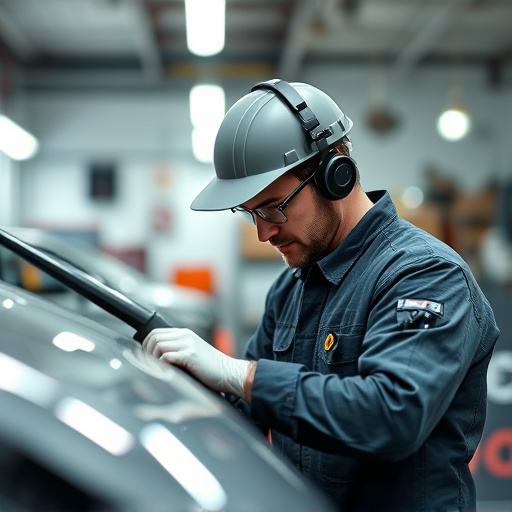
Ensuring compatibility between body panel insulation materials and original equipment manufacturer (OEM) finishes is a delicate process in automotive collision repair and car body restoration. While modern body panel insulation offers excellent thermal and acoustic benefits, achieving seamless integration with vehicle paint repair can pose challenges. The primary concern lies in maintaining the structural integrity and aesthetic appeal of the finished product, especially when matching the OEM’s precise color specifications.
One solution involves selecting insulation materials designed explicitly for automotive applications, which are often engineered to adhere well to various surfaces without compromising the final coat of paint. Additionally, proper preparation of the panel surface before insulation is crucial, including degreasing and sanding to create a smooth base. Using compatible primers and adhesives during installation can bridge any gaps or irregularities, ensuring a durable bond that won’t affect the overall vehicle paint repair process. This meticulous approach guarantees that the body panel insulation enhances the car’s performance without obscuring its original aesthetic, making it a valuable aspect of automotive collision repair and car body restoration.
Choosing Insulation: Properties and Performance
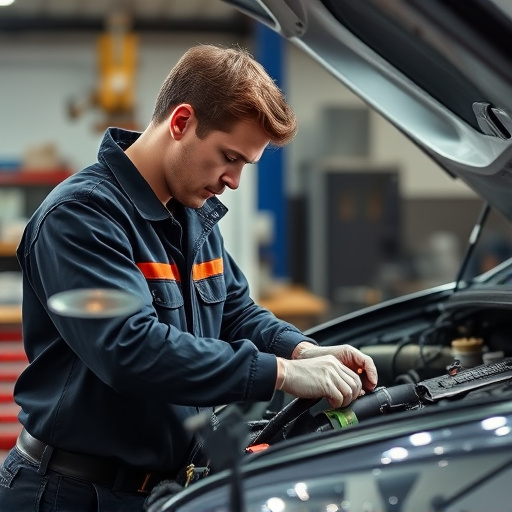
Choosing the right body panel insulation materials is a critical step in any car repair or Mercedes Benz collision repair process. When selecting insulation for automotive repair, several key properties and performance factors must be considered to ensure optimal results. First, the material should possess excellent thermal resistance, capable of withstanding high temperatures without degradation, which is crucial during the painting process where heat can be intense. Second, compatibility with OEM (Original Equipment Manufacturer) finishes is paramount. The insulation must not only adhere well to various surfaces but also maintain its integrity when bonded with factory-standard coatings, ensuring a seamless and durable finish.
Moreover, body panel insulation should offer exceptional sound absorption properties, significantly reducing noise levels inside the vehicle cabin. This is especially important in modern cars where ride comfort and quietness are highly valued. Lastly, lightweight yet robust insulation materials can aid in enhancing fuel efficiency by contributing to overall vehicle weight reduction, a significant consideration for many automotive repair shops. When these factors align, the result is not just a well-insulated car but one that retains its factory-like aesthetics and performance, catering to discerning owners like those seeking Mercedes Benz collision repair services.
Body panel insulation has evolved to meet the demands of modern automotive manufacturing, focusing on enhanced thermal comfort and improved vehicle performance. By selecting compatible insulation materials that align with OEM finishes, manufacturers can achieve superior aesthetics and structural integrity. Understanding the unique properties and performance characteristics of different insulation options is key to making informed decisions, ensuring optimal results in both production efficiency and end-user satisfaction.

